
Carlism began as a dynastic struggle for the Spanish throne which emerged within the Bourbon dynasty when King Ferdinand VII on 29 March 1830, dissolved the Salic Law, permitting his only child to become Queen Isabel II, rather than the monarchy pass only through the male line to his brother Don Carlos Maria Isidro (pictured), Infante of Spain.
This change of law was not only to cast away the traditional dynastic law of the Spanish Royal house but, more importantly, was to give a chance to Spanish anti-clericals, inspired by the French Revolution, to adopt the cause of Queen Isabel as a means of gaining power and so over-throwing both Church and Monarchy and so bring in a secular state in imitation of the French revolutionaries.
The Spanish traditional Catholics flocked to the standard of Don Carlos and so the Carlist Party was born to fight against the secularisers and anti-clericals. They were determined to protect and defend the traditions of Catholic Spain and its regions from Galicia to Valencia, from Granada to Aragon.
The anti-clerical "liberals" were equally determined to fight against the Catholic traditions of Spain although they were careful to couch their language in terms of liberty and supposed pragmatism. In reality they intended to bring in a bourgeois monarchy, such as was to obtain in France, so that they, the anti-clerical bourgeois revolutionaries, could then assume key positions in the state and so enrich themselves fabulously at the expense of the ordinary people.
The people had remained staunchly Catholic and so, where they had not been suborned by the lies of the revolutionaries, they followed the Church and Don Carlos. The divisions between conservative Catholics and liberal revolutionaries led to a series of wars throughout the 19th century which weakened Spain, already economically weak from the loss of her Empire during the Napoleonic occupation. Bonaparte's occupation of Spain allowed the anti-clerical, Freemasonic revolutionaries in Latin America to seize power and break the power of the Church and Monarchy, re-introducing slavery and enriching the revolutionary leaders at the expense of the poor.
Throughout three Carlist Wars (the last in 1893), numerous coup plots, and wedding schemes - almost all of which took on international political overtones - the Carlists made some headway but were headed off by an international revolutionary alliance supporting the Isabellinist "liberals".
The fourth Carlist War was called off in 1936, when, faced with a much greater threat from Communism and the corruptly elected "Popular Front" government, the Carlist pretender, Alfonso Carlos I, decided he had to back General Francisco Franco, the leader of the Nationalist revolt.
The Carlists had an uneasy relationship with Franco who attempted to force them into a merger with the much more Right Wing Falange (literally "Phalanx"), founded by Jose Antonio Primo de Rivera, so as to present a united front against the revolutionary "Popular Front" government who had set about murdering clergy and religious.
The motto of Carlism was "Dios, Patria, Fueros, Rey" ("God, Country, our ancient customs, and our King").
Carlists preserved the Catholic ideals of the Spanish Empire, fighting both by military and political means to restore Catholic rule to Spain as it had existed for centuries. "Throne and Altar" was their guide just as it was for Catholic legitimists all over Europe.
With this vision came all the principles and liberties associated with Catholic Social teaching including a respect for local autonomy and subsidiarity, the principle of de-centralising power save where it was otherwise necessary to do otherwise.
This was what sometimes set them at odds with the Falangists and with Franco, both of whom saw a need for one, united Spain to fight the evil of Communism. This the Carlist leaders agreed with up to a point but they wanted the old local autonomies - and their fueros or local customary rights - restored as soon as possible.
The Carlist concept of fueros attracted many U.S. conservatives, who realised it was akin to the concept of "states' rights" which the US Constitution was supposed to preserve (but failed to do during and after the American civil war).
Under this system, when Carlists ruled certain regions of Spain during one of their wars, they gave maximum "community control" to ethnic provinces.
The flag of the Carlists was that of the Spanish Empire, itself brought to Spain from Burgundy by the Spanish Habsburgs. It is the red serrated saltire cross of Burgundy.

After the Spanish civil war was over, the Carlists were somewhat sidelined by Franco but still maintained a presence in the Spanish Cortes or Parliament. Moreover, there were splits in the movement when the heir-presumptive, Don Carlos VIII Hugo ( Don Carlos Hugo de Borbón-Parma y Borbón-Busset, the Duke of Madrid), became a Socialist which was alien to the Carlist tradition.
The traditional Carlists formed the COMUNIÓN TRADICIONALISTA CARLISTA which looks to his brother, Don Sixto Enrique (Don Sixto Enrique de Borbón-Parma y Borbón-Busset, Duke of Aranjuez) as putative Regent during the time that Don Carlos Hugo remains a Socialist, hoping for better from his sons.
In the meantime, General Franco decided to recognise Don Juan Carlos (Juan Carlos de Borbón y Borbón Dos Sicilias, Count of Barcelona) who fused both the Isabellinist line, the Alphonist line and the Carlist line of Borbon y Austria which arose at the death of King Alfonso Carlos I in 1936. Many Carlists had refused to recognise this line because its head, King Alfonso XII did not share the full Carlist ideals, especially of local regional autonomy, however it was arguably the direct male line of Don Carlos.
Thus King Juan Carlos I represents the fusion of the Legitimist and the Isabellinist lines which made a lot of sense in terms of stability.
However, traditional Carlists still recognise Don Sixto Enrique because he supports the traditionalist Catholic and regionalist principles of Carlism.
Carlists fought with the nationalists in the Civil war because the common enemy were the Communists, Socialists and Anarchists who were brutally murdering bishops, priests and religious and raping and murdering nuns and Catholic men, women and children.
On Sunday 28 October 2007, the Feast of Christ the King, Pope Benedict XVI beatified no less than 498 Spanish martyrs, brutally killed by the crazed and bloodthirsty Assault Guards, secret police (the dreaded SIM) and thugs of the revolutionary republicans.
This raised howls of protest from the modern secularists who could not stomach the idea that the Church dared to show any kind of support for those who were the victims of Communist and Anarchist brutality. These people are very happy when the Church beatifies the victims of Nazism and Right Wing regimes but the minute the Church shews balance and also beatifies the victims of the equally brutal Communist regimes, they howl. That this view is wholly unbalanced needs hardly to be stated - but nevertheless large sections of the media still vilify the Church for being so even-handed.
Apparently this kind of religious vilification is deemed acceptable by their editors and programme-makers. More balanced readers and viewers are able to judge more fairly and can see that it is no better than any other kind of religious vilification and, indeed, all the more odious for being practised by hypocrites who claim to object to such religious vilification.
The Carlist anthem is the hymn El Oriamendi.
It can be heard here:
http://www.youtube.com/watch?v=wDikhUw8P9s
sung for the Regiment of Requetes of our Lady of Montserrat, and here:
http://www.youtube.com/watch?v=nzrKhRX0CP4
The words are:
Por Dios, por la Patria y el Rey
lucharon nuestros padres.
Por Dios, por la Patria y el Rey
lucharemos nosotros también.
Lucharemos todos juntos,
todos juntos en unión,
defendiendo la bandera
de la santa tradición.
Lucharemos todos juntos,
todos juntos en unión,
defendiendo la bandera
de la santa tradición.
Cueste lo que cueste
se ha de conseguir
que venga el rey de España
a la Corte de Madrid.
Por Dios, por la Patria y el Rey
lucharon nuestros padres.
Por Dios, por la Patria y el Rey
lucharemos nosotros también.
+++++++++++++++++++
For God, for our country and king,
Our fathers fought without shirking
For God, for our country and king,
We shall do the very same thing!
Together we'll fight all as one
Together in unison,
Defending the standard as one
Of our holy tradition.
Whate'er the expense may be
To be counted at the end
The king of Spain shall enter
The court of Madrid at the end.
For God, for our country and king,
Our fathers fought without shirking
For God, for our country and king,
We shall do the very same thing!
Viva Cristo Rey!
Long live Christ the King!
....



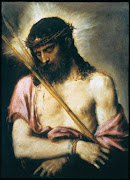



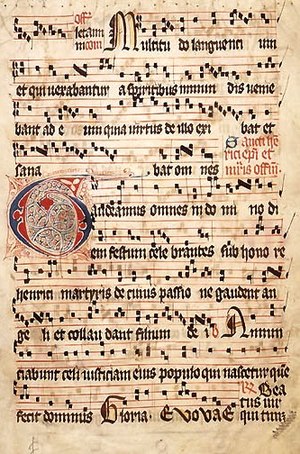

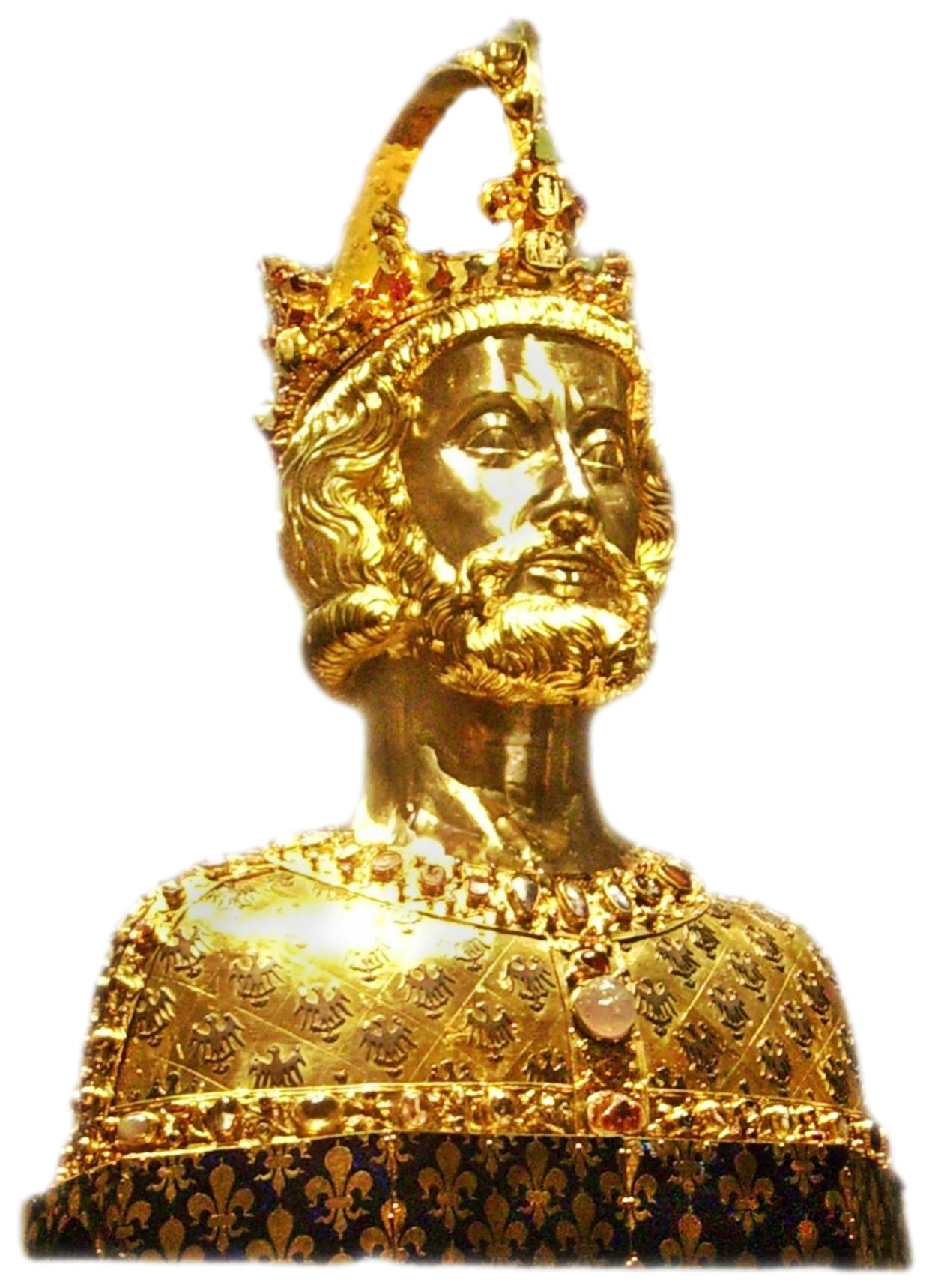



.jpg)





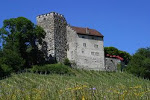


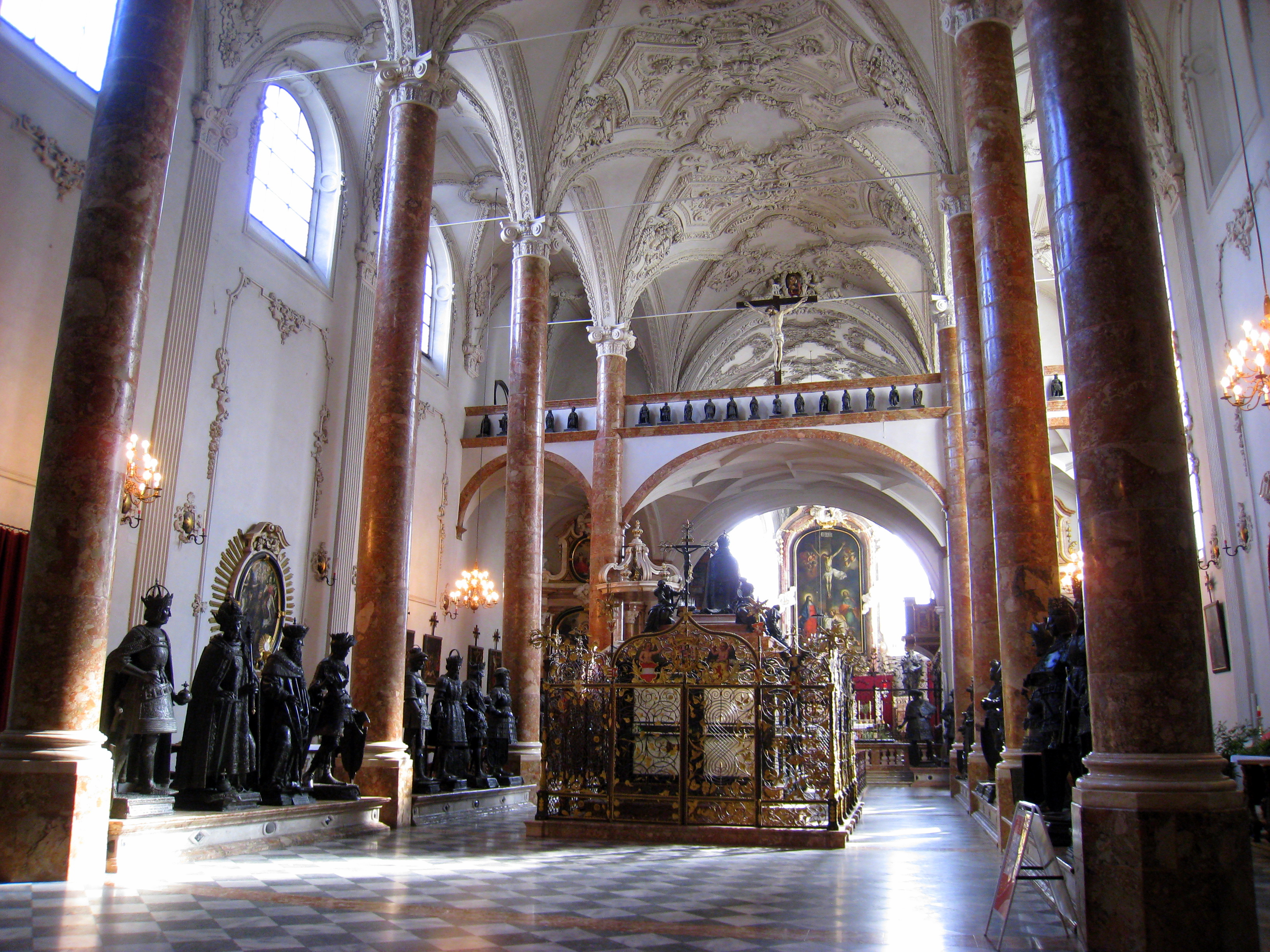


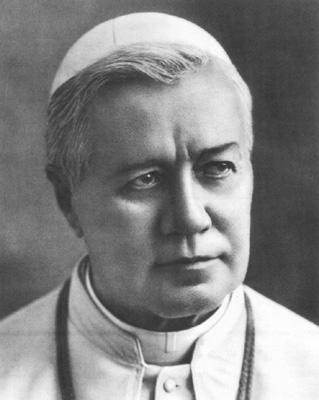










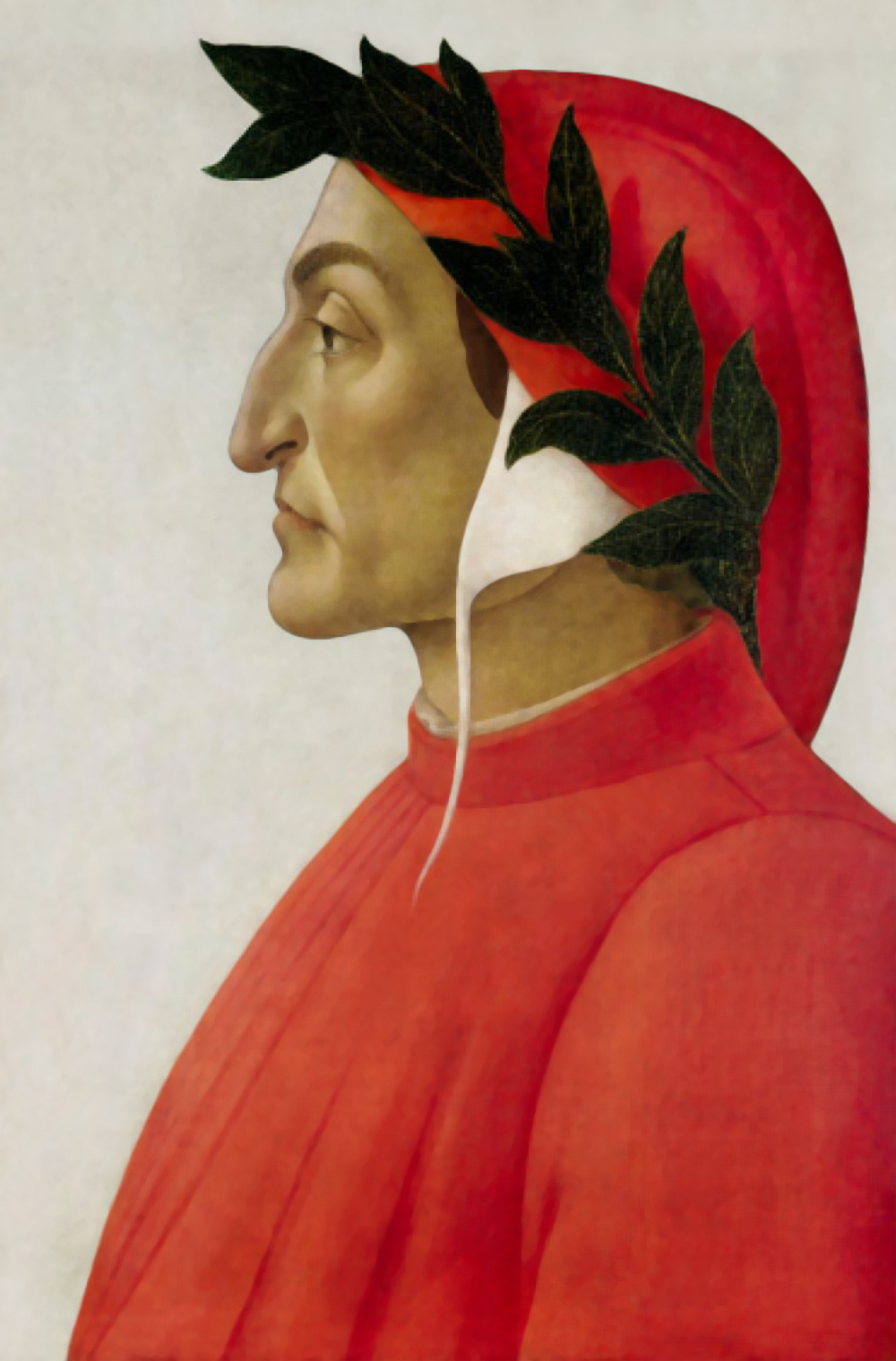



_-002.jpg/220px-Circle_of_Anton_Raphael_Mengs,_Henry_Benedict_Maria_Clement_Stuart,_Cardinal_York_(ca_1750)_-002.jpg)


